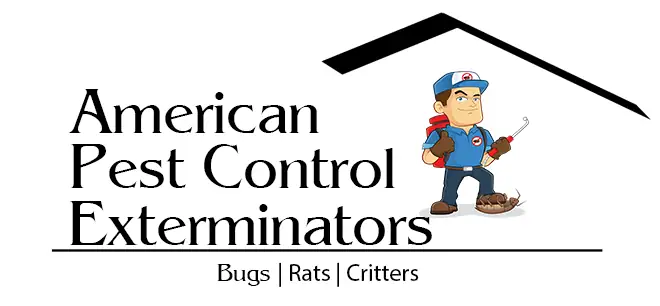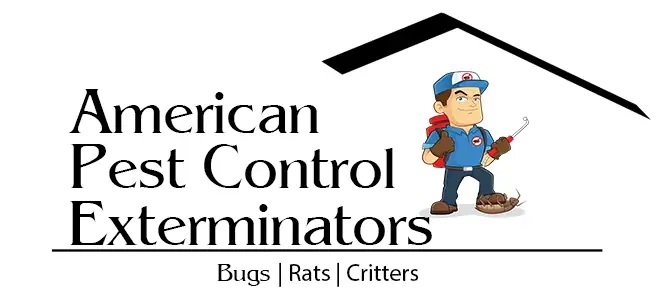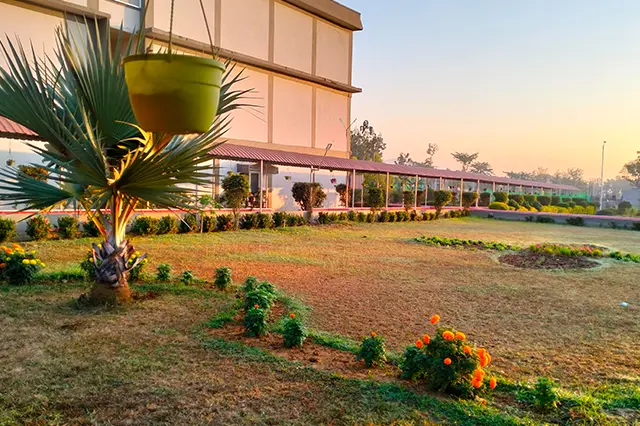
The Benefits of Integrated Pest Management for Rodent Control
The problem of rodent infestation can be a real nuisance, not just for homeowners but also for businesses. Rodents not only damage property and spread diseases, but they can also cause economic losses due to the damages they cause. The good news is that there are several effective options available when it comes to controlling rodent populations. One of these solutions is known as integrated pest management (IPM). IPM uses a combination of strategies such as sanitation, exclusion, population monitoring and biological control to manage or suppress pest populations in an environmentally friendly way. In this article we’ll look at some of the advantages of using IPM for rodent control.
What is Integrated Pest Management?
Integrated Pest Management, or IPM, is an approach to pest management that focuses on preventing pests from becoming a problem in the first place. IPM uses a combination of techniques to control pests, including physical barriers, traps, and baits. IPM is a more environmentally friendly approach to pest management than traditional methods because it relies on fewer pesticides.
IPM is an effective method for controlling rodents because it targets the root cause of the problem: access to food. By eliminating food sources and using physical barriers and traps to keep rodents out, IPM can effectively control a rodent population without relying on harmful pesticides.
The Benefits of IPM for Rodent Control
Integrated pest management (IPM) is an approach to controlling pests that emphasizes the use of preventive measures, monitoring, and physical or biological controls. IPM can be used to control a variety of pests, including rodents.
There are many benefits to using IPM for rodent control. IPM can help reduce the use of harmful pesticides, lower costs, and increase efficacy. Additionally, IPM can help minimize the risk of resistance developing in rodents to pesticides.
IPM is a more sustainable approach to pest management than traditional methods because it relies on a combination of techniques rather than relying solely on chemical controls. This helps to protect the environment and human health by reducing exposure to harmful pesticides. Additionally, IPM can help promote healthy ecosystems by preserving natural predators and parasites that help keep rodent populations in check.
The Different Components of IPM
There are three primary components of IPM: monitoring, action thresholds, and management.
IPM programs are customized to fit the particular needs of a given situation. They often make use of all available control methods in order to achieve long-term success with the least possible risk to people, property, and the environment.
Monitoring: Monitoring is the first step in an IPM program. It involves regularly checking for the presence of pests and their damage. This can be done through visual inspections, traps, or other means.
Action Thresholds: Action thresholds refer to the point at which pest populations or damage warrant taking action. Establishing an action threshold helps ensure that pest control measures are taken only when necessary.
Management: Management is the use of physical, cultural, biological, and/or chemical controls to reduce pest populations or damage below the action threshold. Depending on a variety of factors, such as available resources and environmental concerns, different management tactics may be employed.
Also, IPM programs often include communication and education components. It is important for everyone involved to understand the principles of IPM and how to properly implement them.
Implementing IPM in Your Home or Business
Integrated Pest Management (IPM) is an effective and environmentally friendly approach to controlling rodents. IPM involves using a combination of techniques to prevent, reduce, and eliminate rodent populations. These techniques include exclusion, sanitation, baiting, and trapping.
Exclusion is the most important part of IPM. To exclude rodents from your home or business, you need to seal all potential entry points. Cracks in the foundation, gaps around doors and windows, and holes in screens are all potential entry points for rodents. By sealing these openings, you can prevent rodents from getting inside.
Sanitation is another key part of IPM. Good sanitation practices will help reduce the food and water sources that attract rodents to your property. Keep food in airtight containers and dispose of garbage regularly. rodent-proof containers are also available for purchase.
Baiting and trapping are two other common IPM techniques used to control rodent populations. There are many different types of baits and traps available on the market today. Be sure to choose a bait or trap that is specifically designed for rats or mice, as some products will only work on one type of rodent.
When used together, these IPM techniques can effectively control rodent populations without harming the environment or causing harm to people or pets.
Conclusion
Integrated pest management is an effective and safe way of controlling rodents. By combining both chemical and non-chemical control measures, IPM can effectively reduce the number of rodent infestations in homes, businesses, and other spaces. It also helps to protect people from potential health risks associated with pesticide use. We encourage everyone to consider using IPM for all kinds of pest control needs.

